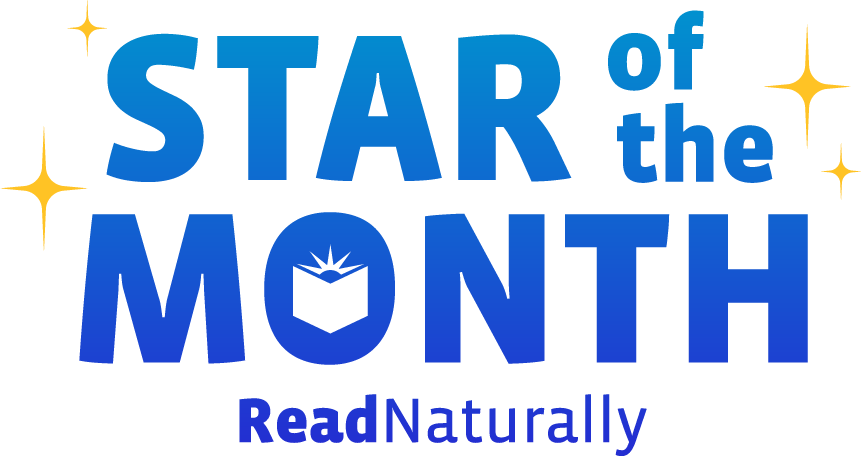Why are video games addicting? Neuroscience answers it with complicated data on neuron pathways and dopamine. Ask a child, and his answer will be much simpler: Because they’re fun!
Read more “While we may ultimately teach students enough test-taking strategies to eke out a passing score and earn that high school diploma, we are missing a crucial opportunity to show our students that they, too, can be real readers.”
Read more Have you changed your instructional materials recently? Most educators have, thanks in large part to the Common Core. Studies show that 82% of math teachers and 72% of English/Language Arts teachers have changed at least half their materials since the Common Core went into effect just three years ago. Finding Common Core-aligned materials isn't always easy.
Read more A new study published in the Journal of Pediatrics shows that students with dyslexia are underperforming their peers at an earlier age than previously thought. The study asserts that the achievement gap between typical readers and students with dyslexia is evident as early as first grade.
Read more Does your school use a Response to Intervention (RtI) framework for intervention? Are you seeing the results you anticipated? The findings from a new study may provide some helpful guidance.
Read more “I’m not smart enough.” “I’m not good at this.” Has a student ever said these things to you? How do you respond? Pinched for time, it may be tempting to flippantly disagree (“Sure you are!”) or brush the comments off. But taking the time to help the student change his mindset may be one of the most effective interventions you can make.
Read more What kinds of texts do you give your students to help them build fluency? Do you offer texts that are easy for them to read and comprehend independently? Or do you push them to work at a more challenging level? Literacy expert Tim Shanahan addresses this important question in his article What Texts to Use to Teach Fluency? We’ve summarized his research-based findings here, some of which may surprise you.
Read more When you’re looking for information about an educational product or program, what’s your first step? Often, you’ll look online. You’ll find the company’s website; you’ll search for user testimonials; you may even seek data from independent organizations that review educational products. Depending on the reviewer, this last step can be helpful. Unfortunately, not all reviewers offer reliable information. One in particular, What Works Clearinghouse (WWC), is notorious for misleading educators. The National Institute for Direct Instruction (NIFDI) recently released a report that outlines numerous reasons why educators should not trust WWC’s reviews.
Read more Over the past couple years, our blog has featured several posts on the ways Read Naturally programs align with the CCSS. In case you missed them, here are the highlights...
Read more What happens to a third-grade student who fails a standardized reading test in the spring? In some states, that student may be required to repeat the third grade. Fourteen states enacted policies in 2012 that either require or strongly recommend that schools hold back third-grade students who fail standardized reading tests. How do such policies impact our students and schools?
Read more  Share your student’s success story—nominate him or her for our Star of the Month award. Win a Barnes & Noble gift card for the student and a Read Naturally gift certificate for your class!
Share your student’s success story—nominate him or her for our Star of the Month award. Win a Barnes & Noble gift card for the student and a Read Naturally gift certificate for your class!